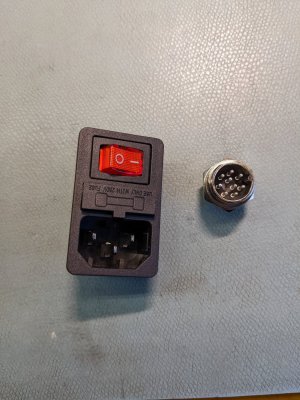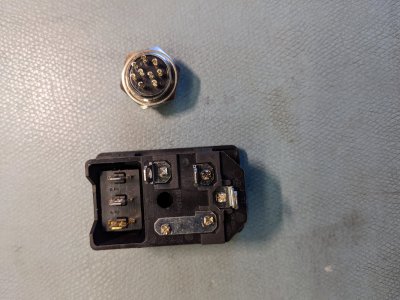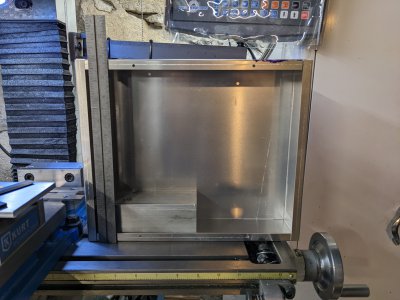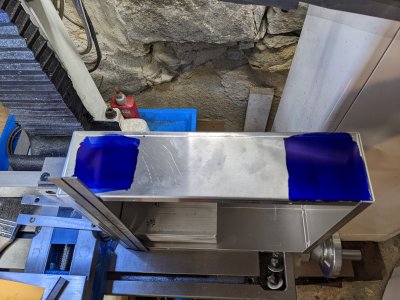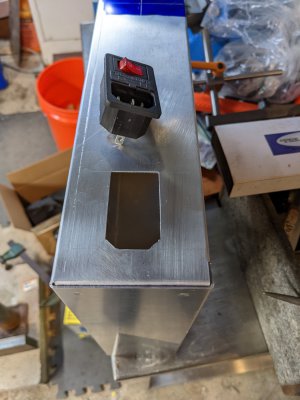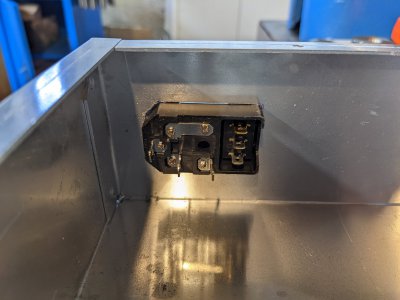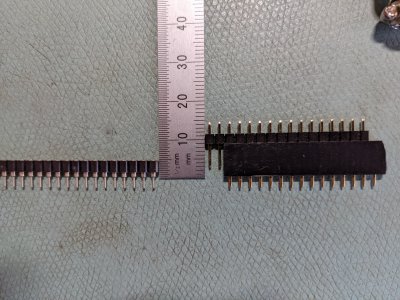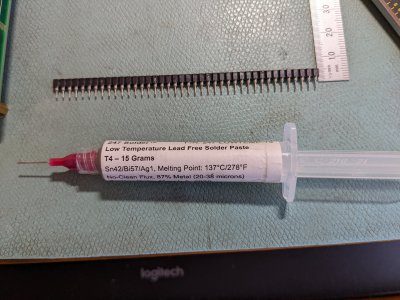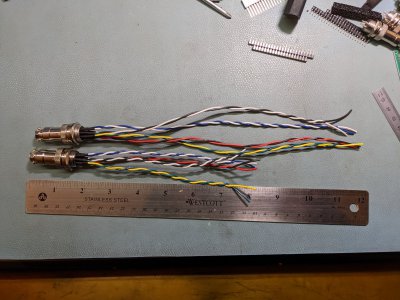A lot of it is personal preference. Looking over different TIG welders a while back, I really hated the push-push-push-push-push to get to a menu. Finally found one that was mostly knobs:
Equally suitable for both the welding enthusiast and the professional that is in need of a well equipped AC/DC TIG welder, the Everlast PowerTIG 250EX is a versatile solution. Not only is it versatile, it's a true performer, putting out 250 amps of TIG welding power on single phase 240V, with a...

www.everlastgenerators.com
I really like this more than the 'fancy' push button ones. It's a lot easier to just tweak things just a bit when getting set up. And all of the settings are visible at a glance. Ok, so there's no presets you can save to (But who remembers what's in all those presets anyway!).
Again, it's really personal preference. A good $10 or $20 pot dedicated for analog feed control isn't going to break the bank. That and I have a box of high quality 10 turns laying around anyway!

)


